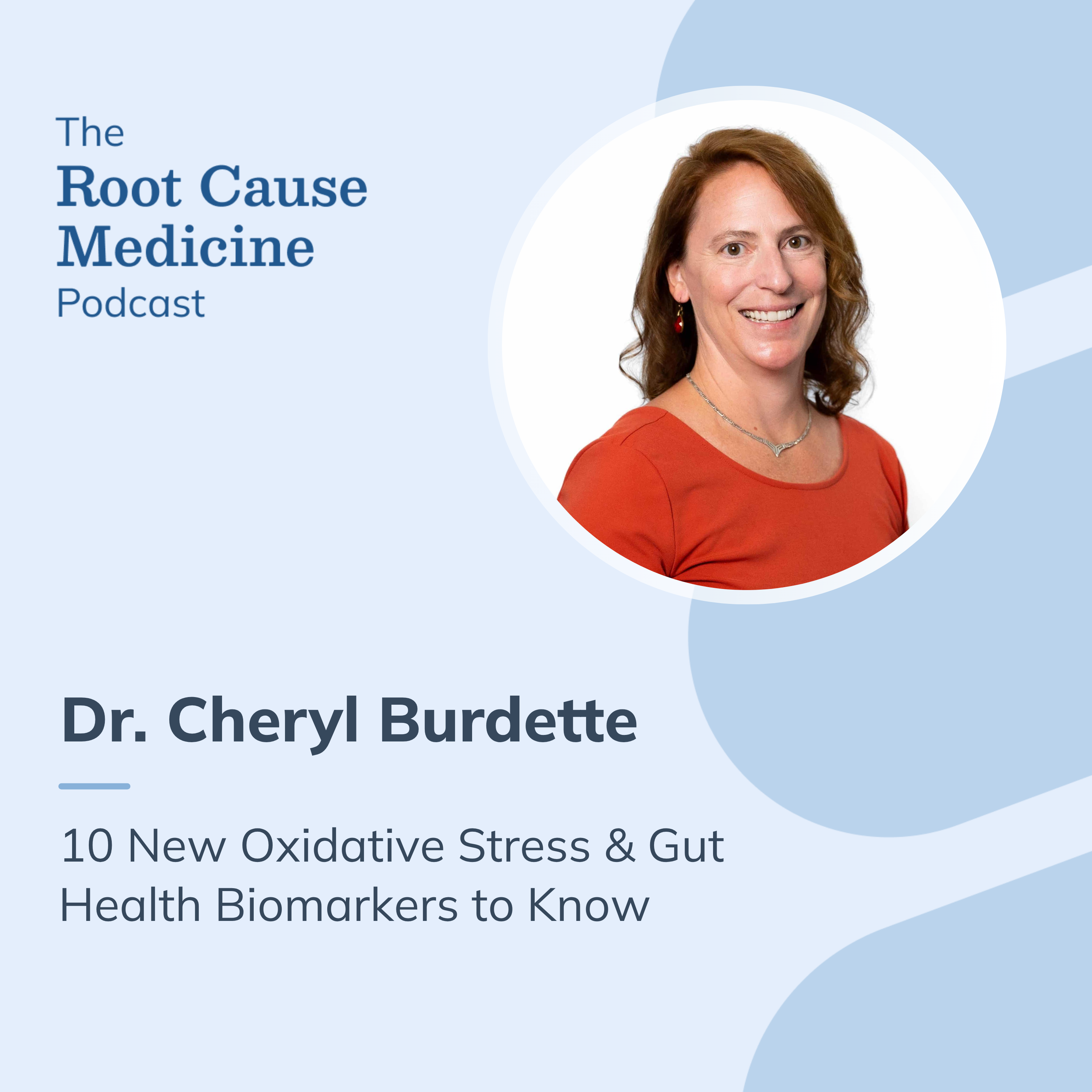Heart disease encompasses a range of cardiovascular conditions, including coronary artery disease, heart failure, arrhythmias, and valvular heart disease. According to the World Health Organization (WHO), it is the leading cause of mortality globally, responsible for approximately 17.9 million deaths annually.
Individuals with a family history of heart disease are at a heightened risk of developing these conditions. This elevated risk necessitates more stringent screening protocols as part of a preventive healthcare model for early detection and management.
Sign Up to Order Labs for Your Patients with a Family History of Heart Disease
[signup]
What Is Heart Disease?
Heart disease refers to various conditions that affect the heart's structure and function. Major types include:
- Coronary Artery Disease (CAD): Narrowing or blockage of the coronary arteries, leading to reduced blood flow to the heart muscle.
- Heart Failure: A condition where the heart cannot pump blood effectively to meet the body's needs.
- Arrhythmias: Irregular heartbeats that can affect the heart's ability to function correctly.
- Valvular Heart Disease: Dysfunction of one or more heart valves, affecting blood flow within the heart.
Heart disease remains the leading cause of death worldwide. In the United States alone, CAD accounts for about one in every four deaths. (8) Cardiovascular disease (CVD) prevalence is increasing due to factors like aging populations and lifestyle habits.
Relationship Between Family History and Heart Disease
Family history is a significant risk factor for heart disease. For example, a family history of myocardial infarction (MI) (heart attack) in first-degree relatives significantly increases the risk of MI. Specifically, having one, two, or three or more first-degree relatives with a history of MI increases the risk by 1.46, 2.38, and 3.58 times, respectively. This risk is also elevated, though to a lesser extent, with a history of MI in second-degree relatives. (58)
The American College of Cardiology and the American Heart Association emphasize the importance of family history in assessing cardiovascular risk, noting that a family history of premature coronary heart disease (CHD) is an independent risk factor for future CVD. (36)
Genetic predispositions play a role in the relationship between family history and heart disease. Inherited genetic mutations and polymorphisms can contribute to abnormalities in lipid metabolism and blood pressure regulation. Familial hypercholesterolemia (FH) is a prime example, where mutations in genes such as LDLR, APOB, and PCSK9 result in elevated low-density lipoprotein cholesterol (LDL-C) levels, increasing the risk for atherosclerosis and heart disease.
Importance of Lab Testing in High-Risk Patients
Early detection of cardiovascular risk factors through lab testing is critical for preventive care. Identifying risk factors before clinical symptoms emerge allows for timely interventions, such as implementing lifestyle changes and pharmacological treatments to reduce risk (75).
Regular lab tests also help monitor disease progression and the effectiveness of interventions, facilitating personalized treatment adjustments. Lab results provide critical data for informed decision-making, aiding in the selection of appropriate preventive and therapeutic strategies and helping to stratify patients into different risk levels for tailored management.
Top 10 Lab Tests for Patients With Family History of Heart Disease
When detecting and stratifying risk for heart disease, healthcare providers should consider monitoring the following parameters:
1. Lipid Profile
A lipid panel measures various types of lipid (fat) particles in circulation, including:
- Total cholesterol (TC)
- Low-density lipoprotein cholesterol (LDL-C)
- High-density lipoprotein cholesterol (HDL-C)
- Triglycerides (TG)
Dyslipidemia (abnormal concentrations of lipids in the blood) is a significant risk factor for atherosclerosis and CAD.
According to medical guidelines, optimal lipid levels are:
- TC: 100-199 mg/dL
- LDL-C: <70 mg/dL (very high risk for heart disease), <100 mg/dL (more than one risk factor for heart disease), <130 mg/dL (low risk of CAD)
- HDL-C: >40 mg/dL (assigned male at birth) and >50 mg/dL (assigned female at birth)
- TG: <150 mg/dL
More recent research has highlighted the importance of advanced lipid biomarkers to more accurately stratify cardiovascular risk beyond what traditional lipid markers can provide.
Advanced lipid panels include additional markers that capture the atherogenicity of lipid particles in circulation:
LDL Particle Number (LDL-P)
The concentration of LDL particles in the blood. Elevated LDL-P is strongly associated with increased CVD risk, as it better reflects the number of atherogenic particles that can penetrate the arterial wall and contribute to atherosclerosis, compared to LDL-C. (57).
Optimal levels of LDL-P are generally considered to be below 1,100 nmol/L. (7)
Lipoprotein(a) [Lp(a)]
A low-density lipoprotein-like particle bound to apolipoprotein(a). Elevated Lp(a) levels are an independent and genetically determined risk factor for CVD, contributing to atherogenesis, inflammation, and blood clots. (72)
Optimal levels of Lp(a) are generally considered to be below 30 mg/dL, with levels above 50 mg/dL associated with increased CVD risk. (72)
Apolipoprotein B (ApoB)
A protein found in all atherogenic lipoproteins. Elevated ApoB levels are strongly associated with increased CVD risk because they reflect the total number of atherogenic particles, which are more predictive of atherosclerotic risk than LDL-C alone. (67)
The National Lipid Association recommends that optimal levels of ApoB be below 90 mg/dL for primary prevention and below 80 mg/dL for those at very high risk (6).
2. High-Sensitivity C-Reactive Protein (hs-CRP)
Elevated hs-CRP levels are associated with increased vascular inflammation and a higher risk of heart disease, as inflammation is central to promoting plaque formation and instability (60).
hs-CRP levels can help predict the future risk of cardiovascular events:
- Low Risk: <1 mg/L
- Average Risk: 1-3 mg/L
- High Risk: >3 mg/L
Research, such as the JUPITER trial, has demonstrated that patients with elevated hs-CRP (>2 mg/L) benefit significantly from statin therapy, reducing the rate of first MI, stroke, or cardiovascular death by 47%.
3. Hemoglobin A1c (HbA1c)
Diabetes is a significant risk factor for heart disease due to its association with high blood sugar (hyperglycemia), insulin resistance, and inflammation, which contribute to atherosclerosis and cardiovascular complications.
HbA1c is a marker used to monitor long-term blood sugar control and diagnose diabetes, reflecting average blood glucose levels over the past 2-3 months. Reference ranges for HbA1c include:
- Normal: less than 5.7%
- Prediabetes: 5.7% to 6.4%
- Diabetes: 6.5% or higher
Research has shown that higher HbA1c levels correlate with an increased CVD risk. For instance, a study found that each 1% increase in HbA1c was associated with a 1.26-fold increased risk of CHD among diabetic patients.
Another study demonstrated that elevated HbA1c levels were independently associated with cardiovascular mortality and CVD incidence in the general population.
Optimal HbA1c levels for reducing CVD risk are generally considered to be below 7% for most adults with diabetes, as recommended by the American Diabetes Association.
4. Complete Blood Count (CBC)
A CBC is a comprehensive blood test that measures various components of the blood, including red blood cells (RBCs), white blood cells, and platelets. It is instrumental in diagnosing blood conditions such as anemia (low RBC count) and erythrocytosis (high RBC count) by evaluating RBC count and characteristics.
Research has shown that anemia is associated with increased CVD risk due to reduced oxygen-carrying capacity and RBC dysfunction, which can lead to adverse outcomes such as heart failure and MI.
Conversely, erythrocytosis can increase blood viscosity, contributing to hypertension (high blood pressure) and atherosclerosis, thereby exacerbating heart disease (29).
Elevated RDW, a parameter of RBC variability, has been linked to poorer outcomes in heart failure and other cardiovascular conditions.
5. Comprehensive Metabolic Panel (CMP)
A CMP is a blood test that evaluates various body functions and processes, including liver and kidney health, blood sugar levels, blood protein levels, acid-base balance, fluid and electrolyte balance, and metabolism.
Key parameters related to cardiovascular health to monitor include:
- Blood Glucose: Elevated blood sugar levels can indicate prediabetes or diabetes. High blood sugar is a risk factor for CVD because it can damage the heart's blood vessels and nerves. (79)
- Electrolytes: Imbalances in electrolytes, such as sodium and potassium, can affect heart function and blood pressure regulation.
- Kidney Function: Elevated renal function tests (e.g., creatinine and blood urea nitrogen) indicate kidney dysfunction, which is associated with increased cardiovascular risk (64).
- Liver Enzymes: Abnormal levels in ALT, AST, and ALP can indicate liver disease, which is associated with a two-fold greater incidence of CVD.
6. Ferritin
Ferritin is a protein that stores iron and releases it in a controlled fashion, making it the primary marker for assessing iron stores in the body.
Research has shown that iron deficiency is associated with worse outcomes in heart failure due to impaired mitochondrial function and reduced contractility of heart muscle cells (43).
Conversely, iron overload can lead to oxidative stress, fibrosis, and cardiomyopathy, as seen in conditions like hereditary hemochromatosis and transfusion-related iron overload. According to one study, long-term elevations in ferritin (>2,500 μg/L) are linked to increased cardiac risk.
7. Thyroid Panel
A thyroid panel assesses thyroid function and typically includes measurements of thyroid-stimulating hormone (TSH), free thyroxine (fT4), and free triiodothyronine (fT3). These components help diagnose and monitor thyroid disorders.
Hypothyroidism is associated with increased CVD risk due to mechanisms like dyslipidemia, hypertension, and endothelial dysfunction (80). Research indicates that subclinical hypothyroidism (elevated TSH with normal fT4) is linked to increased CHD mortality and heart failure events, particularly when TSH levels are ≥10 mIU/L.
Hyperthyroidism, on the other hand, is associated with an increased risk of atrial fibrillation (AF). Studies have shown that subclinical hyperthyroidism (low or undetectable TSH with normal fT4) increases the risk of AF and CHD events, especially when TSH levels are <0.1 mIU/L.
8. Homocysteine
Homocysteine is a sulfur-containing amino acid derived from the metabolism of methionine. Elevated homocysteine is associated with an increased risk of CVD due to its role in endothelial dysfunction, oxidative stress, atherogenesis, and blood clotting.
Ordering a homocysteine test for someone with a family history of heart disease can help identify hyperhomocysteinemia (levels greater than 15 µmol/L).
9. Vitamin D
Vitamin D deficiency has been linked to increased CVD risk. Studies have correlated vitamin D deficiency with an increased risk of MI, hypertension, heart failure, and stroke.
Vitamin D deficiency also worsens health outcomes in patients with established CVD; in one study, patients with severe vitamin D deficiency (serum 25-hydroxyvitamin D [25(OH)D] <10 ng/mL) were up to five times more likely to die from sudden cardiac death or heart failure during a 7-year study period compared to patients who were vitamin D-sufficient.
While vitamin D sufficiency is defined as 25(OH)D levels >30 ng/mL, studies suggest that 25(OH)D levels 40-60 ng/mL are optimal for CVD prevention (50).
10. Urine Albumin-Creatinine Ratio (uACR)
uACR is a test that detects a protein called albumin in the urine. Normally, kidneys do not filter albumin out of the blood and into the urine. Microalbuminuria (small amounts of protein in the urine) indicates kidney dysfunction and strongly predicts heart disease.
Optimal uACR levels are considered to be <30 mg/g. However, research has indicated that elevated uACR levels, even within the normal range, increase the risk of all-cause mortality, cardiovascular mortality, and CAD. For instance, a meta-analysis found that individuals with uACR between 10-30 mg/g had a higher risk of cardiovascular events compared to those with uACR <10 mg/g.
[signup]
Key Takeaways
- Proactive management is essential to mitigate the heightened risk of developing cardiovascular conditions in patients with a family history of heart disease.
- Regular lab testing is crucial in detecting and managing modifiable risk factors for heart disease, such as dyslipidemia, hypertension, diabetes, and inflammation. By incorporating comprehensive assessments – including advanced lipid profiles, hs-CRP, HbA1c, CBC, CMP, thyroid function tests, homocysteine, and vitamin D levels – healthcare providers can identify at-risk individuals before the onset of clinical symptoms.
- Early interventions guided by lab results can significantly reduce the likelihood of adverse cardiovascular events.










%201.svg)









.png)